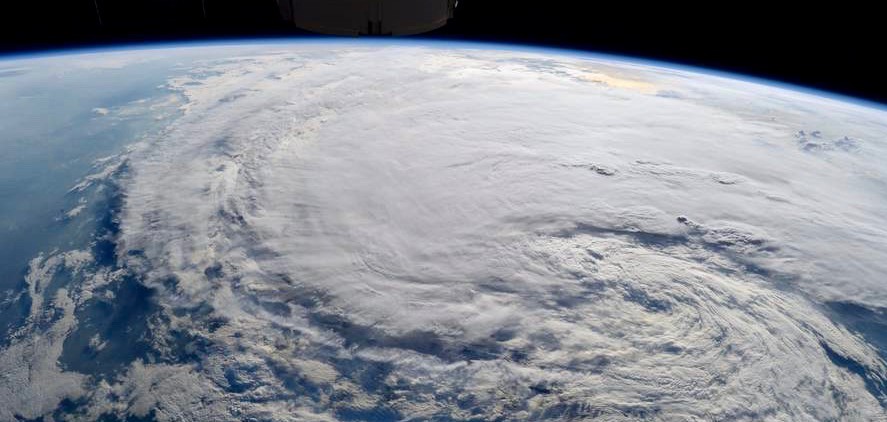Extreme Weather and Climate
This initiative addresses the risks posed by all types of extreme weather events by integrating research into the physical science of these events with research on their impacts on human society and engineering solutions to mitigate those risks.
These activities improve prediction, risk assessment and management, decision science, infrastructure design, and financial instruments for dealing with extreme weather.
As public officials, the private sector, communities, and citizens worldwide plan for the future, urgent questions demand attention:
- To what extent are the risks of such disasters increasing due to the warming climate?
- What should we do to prepare for these risks?
- To what extent does the warming climate increase their frequency and severity?
- How do economic development and population growth increase societal vulnerability to these events?
- Can we improve predictions and projections of changes in extreme weather risk, in response to both natural climate variability and anthropogenic climate change?
- Can we develop engineering solutions to mitigate the impact of extreme weather events and to increase our resilience to them?
Extreme weather events exact terrible tolls in human life, in social and economic stability, in livelihoods, in national security – in virtually every link of the chain that sustains life on Earth. And those tolls are escalating. From civil society organizations supporting poor communities to civil engineers working on flood mitigation, from companies transmitting essential goods around the globe to citizens everywhere who are asked to support public projects that will help their communities more safely endure and more quickly recover from catastrophic weather events, these disasters in some way affect all of us.
Each type of disaster is governed by different physics, and each threatens life and property in different ways. As a result, scientific research efforts have until now largely been fragmented, limiting our ability to take a balanced and objective view of the full range of hazards we face as the climate warms.
Our ability to adopt strategies that foster resilience, taking proper account of all of the associated risks, is thereby also limited, and so are our opportunities to design and place in the hands of relevant professionals the sophisticated, science-based data platforms they urgently need to prioritize and implement those strategies in real-time.

